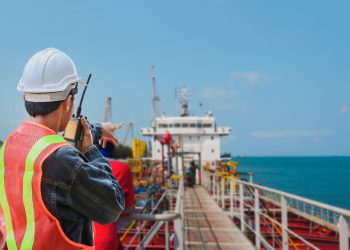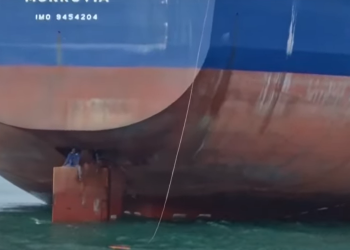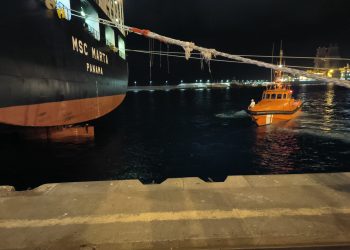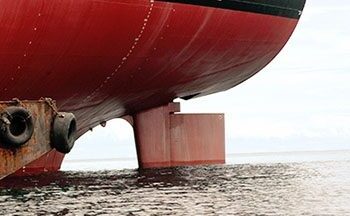Chelsea Technologies Group working to stop ocean stowaways
![]() Ballast water is critical to the safe operation of ocean-going vessels. However, during ballast water exchange, thousands of aquatic organisms and pathogens can stowaway and be transported from one part of the world to another. The transfer of these organisms in ships’ ballast water can havedevastating effects on the marine environment and ultimately the health and well-being of the people who depend on it.The International Maritime Organisation 2004 Ballast Water Convention was drawn up to address these issues. With implementation of this convention, it is estimated that 68,000 vessels will require functional, certified ballast water treatment systems by 2016.
Ballast water is critical to the safe operation of ocean-going vessels. However, during ballast water exchange, thousands of aquatic organisms and pathogens can stowaway and be transported from one part of the world to another. The transfer of these organisms in ships’ ballast water can havedevastating effects on the marine environment and ultimately the health and well-being of the people who depend on it.The International Maritime Organisation 2004 Ballast Water Convention was drawn up to address these issues. With implementation of this convention, it is estimated that 68,000 vessels will require functional, certified ballast water treatment systems by 2016.
To date discussion has largely centred around which type of treatment technology is most suited to the task. However, this has overshadowed an important aspect of the new regulations which must form part of the overall treatment regime in order to be effective in ensuing environmental compliance, that of point of discharge measurement to ensure correcttreatment. “This is whereChelsea Technologies Group comes in,” said Chelsea’s Richard Burt. “We have been workingclosely with both manufacturers of treatment systems and the certification authorities responsible for the formulating the test criteria, to provide them with the right technology for meeting the required standards.”
The new FastBallast Fast Repetition Rate fluorometer (FRRf)allows operators to monitor ballast water in real time to the IMO D2 standard (10 to 50 m category). Data is streamed to a graphic user interface for real time data processing. This FRRf method has been specifically developed for working with phytoplankton within an aqueous phase at low optical density, exactly the conditions encountered in ballast water. Using the inherent high sensitivity of FastBallast, the variable fluorescence oflive viable phytoplankton cells in moving ballast water can be monitored to the levels required by the IMO D2 standard. To ensure that phytoplankton from allgroups are detected, FastBallast uses three LED excitation channels, with emission peaks at 450, 530 and 624 nm. Each measurement takes only 200 s, which means that data can be collected from fast moving water (up to two metres of linear flow per second), typically when installed in ballast tanks or water treatment system piping.
Source:Chelsea Technologies Group



























































